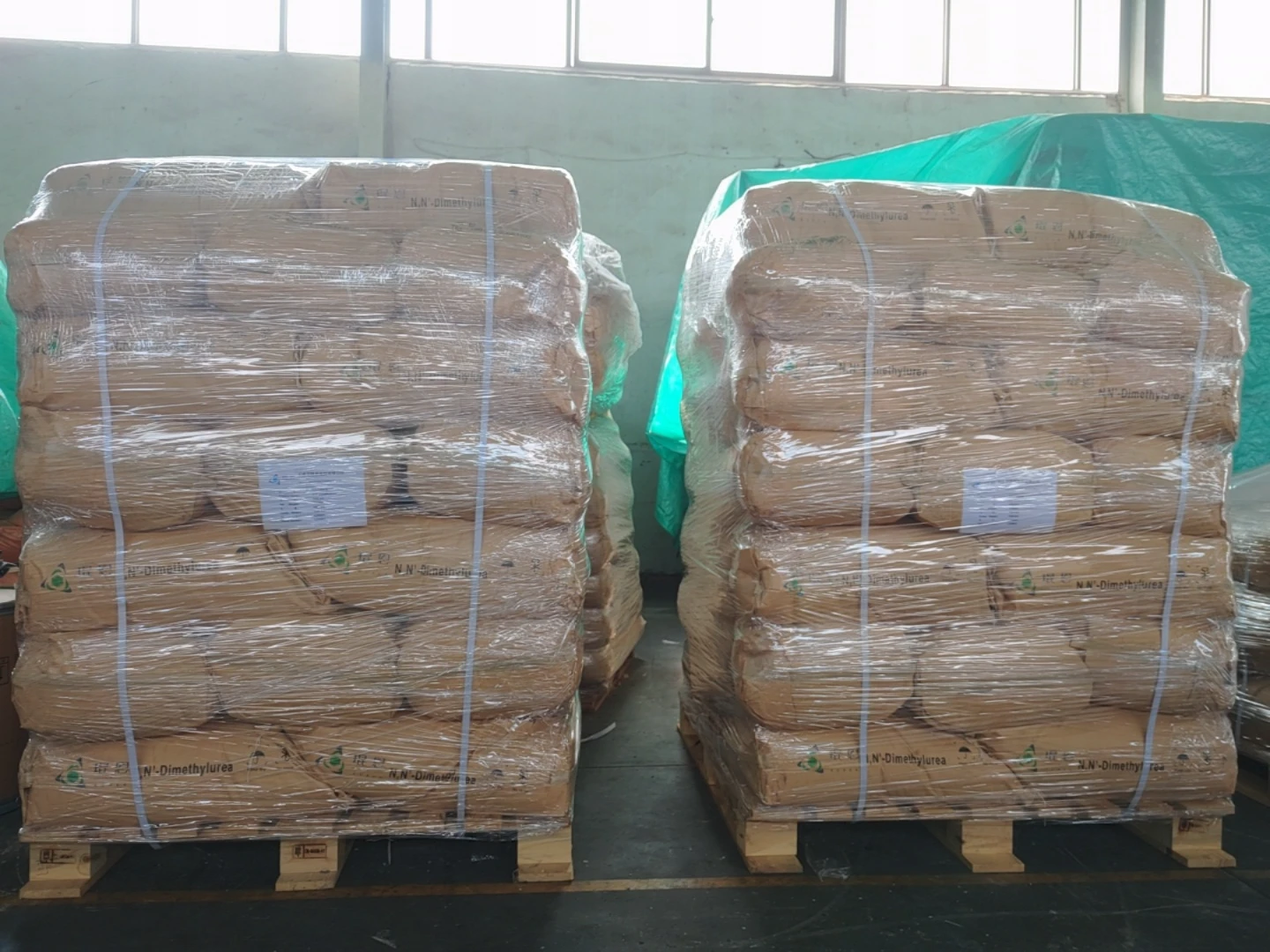Sodium Thiocyanate An Overview
Sodium thiocyanate, with the chemical formula NaSCN, is an inorganic compound that has gained significant attention in various fields, including chemistry, biochemistry, and industrial applications. This article delves into the properties, uses, and safety considerations associated with sodium thiocyanate.
Properties of Sodium Thiocyanate
Sodium thiocyanate is a white, crystalline solid that is highly soluble in water. It appears as a hygroscopic powder, meaning it has the ability to absorb moisture from the atmosphere. The compound's solubility in water contributes to its effectiveness in various applications, making it a useful reagent in both laboratory and industrial settings.
Chemically, sodium thiocyanate is a salt composed of the thiocyanate ion (SCN⁻) and sodium (Na⁺). The thiocyanate ion is a notable feature of this compound, contributing to its unique reactivity and properties. Sodium thiocyanate has a melting point of approximately 288°C and can decompose upon heating, releasing toxic gases such as sulfur dioxide.
Uses in Industry and Research
The versatility of sodium thiocyanate has led to its application in multiple industries.
1. Chemical Manufacturing Sodium thiocyanate serves as a critical intermediate in the production of several chemical compounds, including thiocyanic acid and various thiocyanate salts. It is widely used in the synthesis of pharmaceuticals, agrochemicals, and dyes.
2. Laboratory Reagent In laboratories, sodium thiocyanate is employed as a reagent in various chemical reactions. It is especially useful in titrations, particularly in the determination of free cyanide in water samples, as well as in the analysis of metal ions.
sodium thio cyanate

3. Photography Historically, sodium thiocyanate has played a role in photography, particularly in developing and fixing photographic films. Its properties allow for the stabilization of silver halides, aiding in the production of clear and consistent photographic images.
4. Biological Applications In biochemistry, sodium thiocyanate is utilized in the study of certain enzymes and biological processes. It can serve as a tool for denaturing proteins, thereby affecting the structure and function of enzymes. Researchers often use sodium thiocyanate to investigate the role of thiocyanate in various biological systems, particularly in the context of thyroid function, as thiocyanate can inhibit the uptake of iodide by thyroid glands.
5. Ice Melting and De-icing Agent Due to its ability to lower the freezing point of water, sodium thiocyanate is sometimes used as an ice melting agent on roads and walkways. Its application helps improve safety during winter months.
Safety Considerations
While sodium thiocyanate is useful in many applications, it is important to observe safety precautions due to its potential health hazards. The compound can be toxic if ingested or inhaled and can cause irritation to the skin and eyes upon contact. Chronic exposure may lead to more severe health issues, including thyroid problems due to its goitrogenic properties.
When handling sodium thiocyanate, it is recommended to use appropriate personal protective equipment (PPE) such as gloves, goggles, and masks. Additionally, adequate ventilation is essential, especially in laboratory settings, to minimize exposure to dust or fumes.
In case of accidental exposure, it is crucial to seek immediate medical attention and follow safety protocols, including flushing the affected area with water and providing the relevant safety data sheets (SDS) to healthcare professionals.
Conclusion
Sodium thiocyanate remains a compound of interest across various scientific and industrial domains. Its unique properties and ability to participate in a range of chemical reactions make it invaluable in research, manufacturing, and environmental applications. However, careful handling and awareness of its potential hazards are essential to ensure safety and mitigate health risks. As research continues to explore new applications and effects, sodium thiocyanate will likely maintain its relevance in science and industry.

